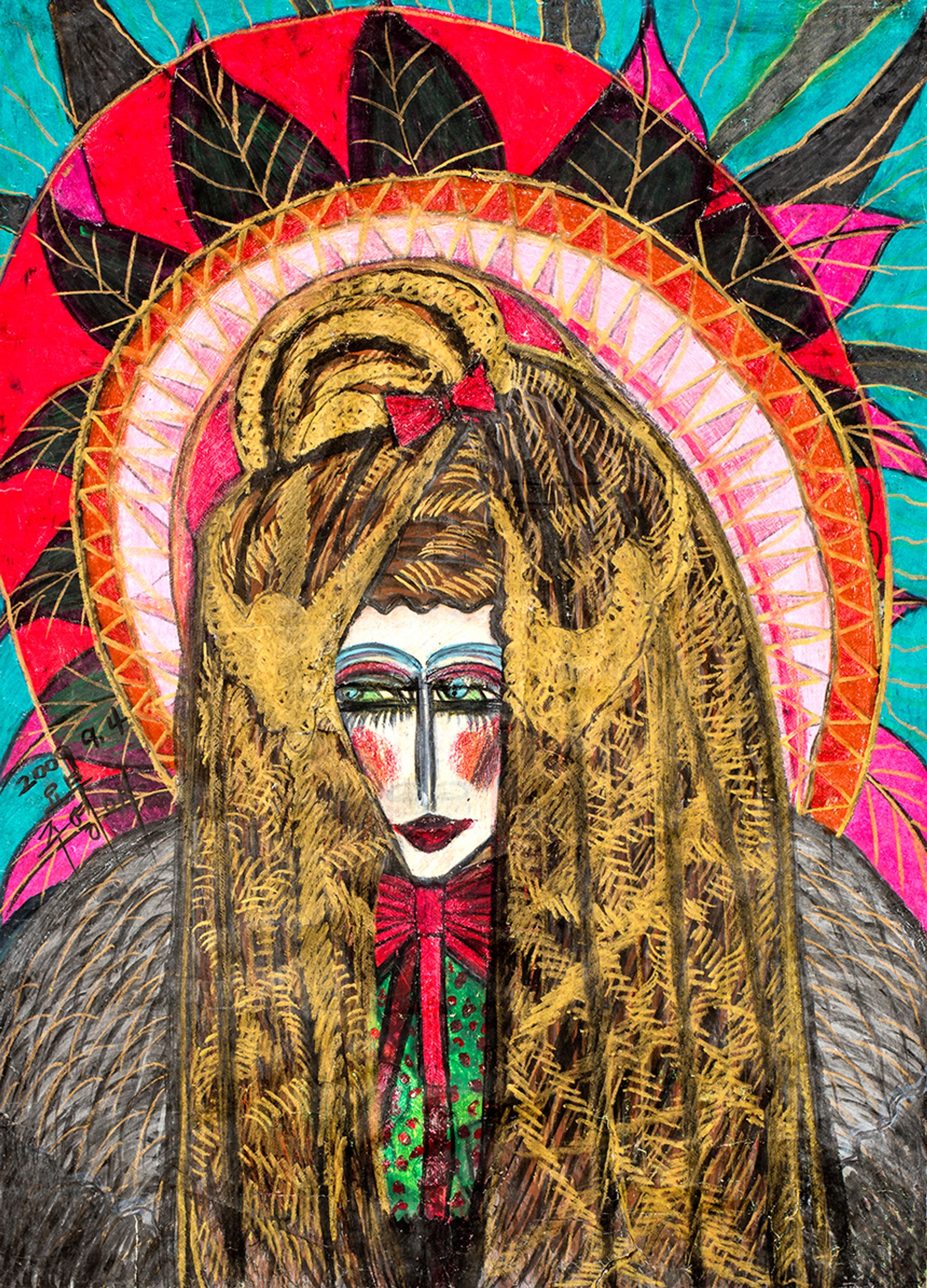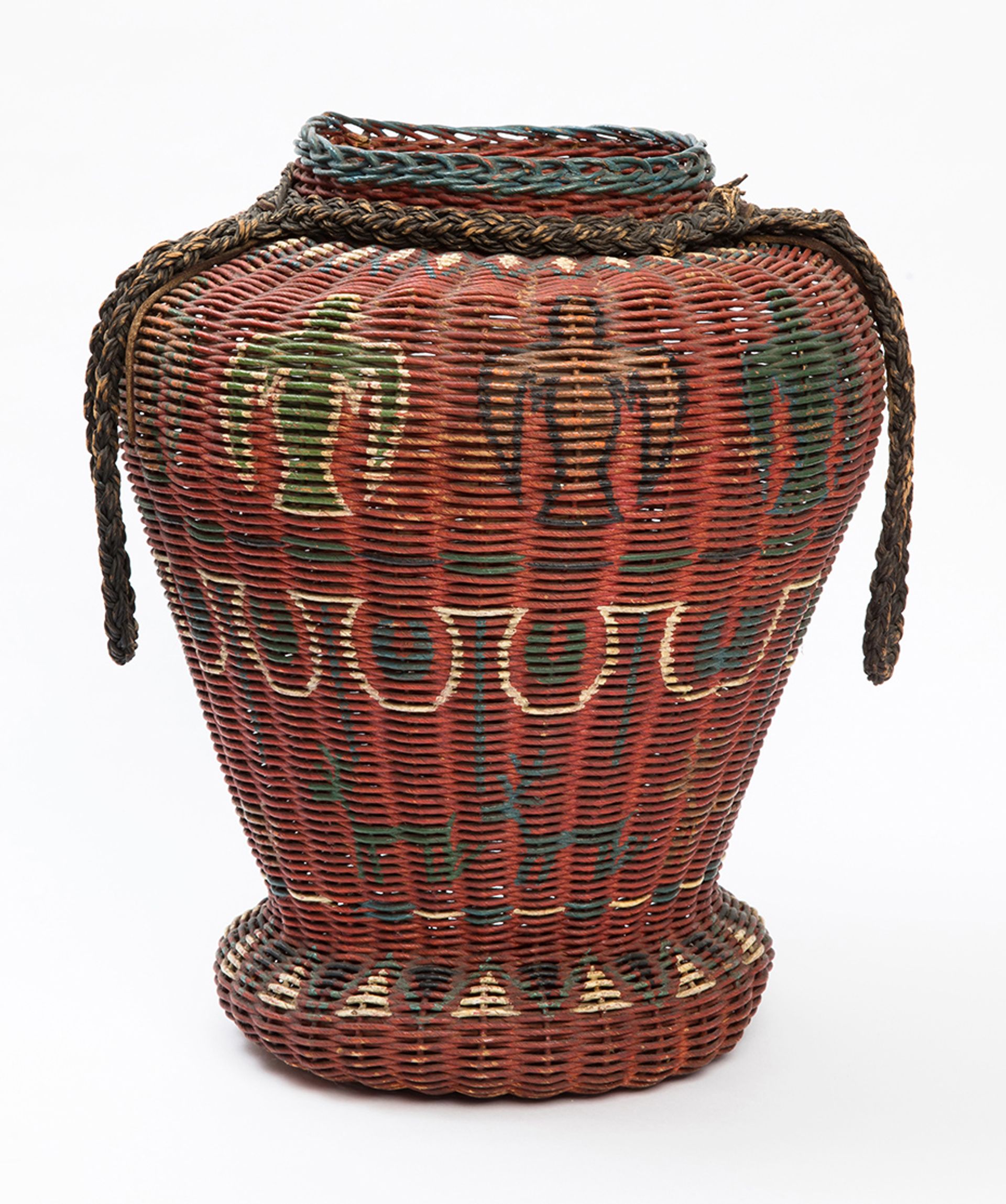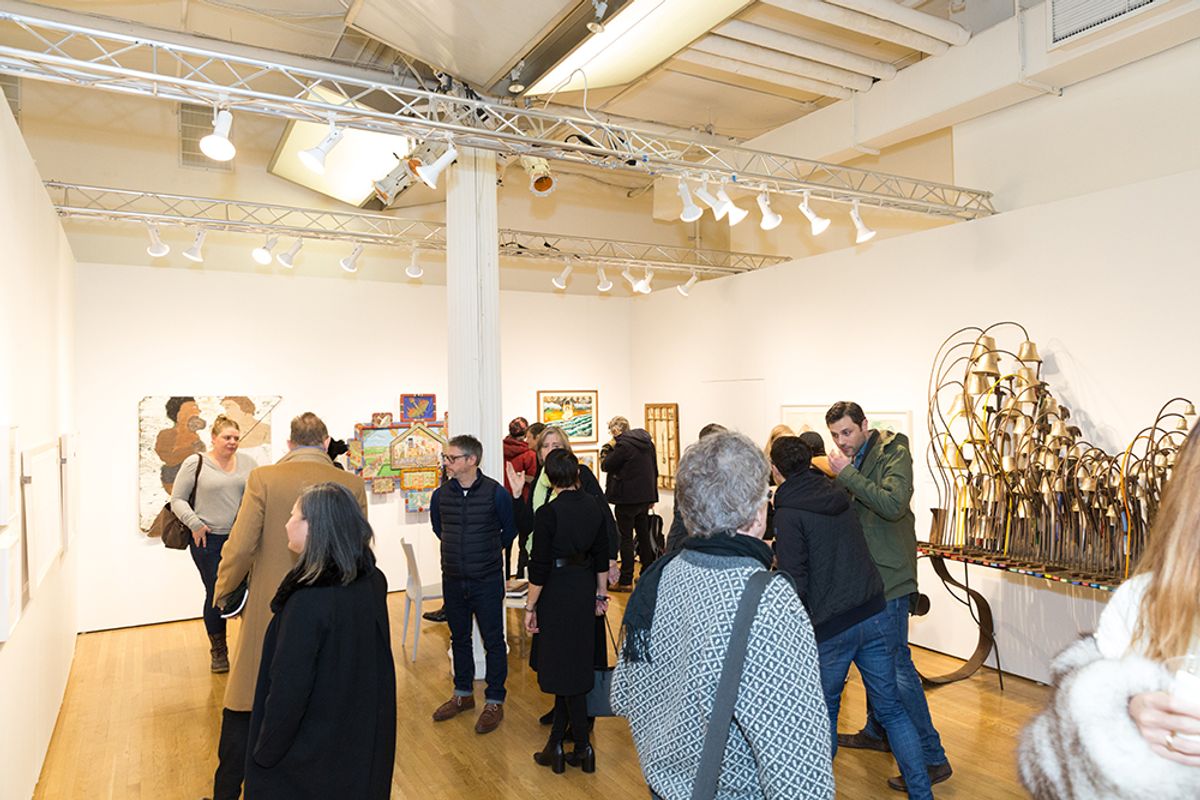The 26th edition of the Outsider Art Fair, founded in 1993 and organised by the gallerist Andrew Edlin of Wide Open Arts since 2012, opened to the public 19 January at the Metropolitan Pavilion in Chelsea, New York (until 21 January). Among the 63 international galleries, more than 20 are first-time exhibitors eager to introduce fresh talent to the market for vernacular art. Once the province of marginalised, self-taught or anonymous creators, the category of outsider art has grown to embrace a broad range of artists, and has perhaps evolved into a loosely defined aesthetic instead. A forthcoming exhibition called Outliers and American Vanguard Art (National Gallery of Art in Washington, DC, 28 January–13 May 2018), has even scrapped the idea of an “all-embracing, neutral description for these wildly eclectic creators”, says the curator Lynne Cooke, who will also include formally trained artists in the show. Even as what constitutes “Outsider art” continues to blur, what makes collectors of this category tick remains the discovery of something new.

Coquette (2009) by Youngae Joo Korea Art Brut
The first Korean exhibitor to participate in the fair, Korea Art Brut of Seogwipo, South Korea, is offering a series of drawings by Youngae Joo, an artist with schizophrenia. Some are sexually charged and based on fashion and pornographic imagery. The works are being shown in the US for the first time, and range in price from $12,000 to $17,000. In 2009, Joo was included in an exhibition of Art Brut at the Japanese museum NO-MA, Omihachiman, alongside staples of the genre like the Swiss artist Aloïse Corbaz. The dealer Tong Won Kim, who founded the gallery in 2006, says there is “an emerging to no market at all for Outsider art in Korea, mostly because there’s still some bias about the mentally disabled”. Americans, he says, are more receptive.

Basket (around 1930s) by an inmate of the Anamosa State Penitentiary in at the Iowa Norman Brosterman
The dealer Norman Brosterman of East Hampton, New York, is offering a series of handmade and painted baskets created in the 1930s by inmates of the Anamosa State Penitentiary in Iowa. Such “prison art”, its own niche sector within vernacular art, was likely the result of social programmes intended to provide therapy and income for inmates. These baskets were sold at the prison store and collected over two decades. “I convinced the man who owned them to sell his entire collection”, Brosterman said during the preview, before excusing himself to attend a couple who were “definitely going to buy something”. The works, ranging from $1,600 to $3,500, come in various sizes, and consist coated wire warp and a rattan weft, with patterns that stylistically evoke traditional Sioux, Lakota and Plains Indian works of art. The dealer has attributed the works to Plains Indian inmates, although it’s unclear whether the baskets were created by those of Native American descent.

Betty Ford Nan Head (2016) by Stephen Goddard Sardac
Another new exhibitor, the London-based Sardac, has brought an extensive selection of paintings by the self-taught British artist Stephen Goddard, ranging from $10,000 to $20,000. The prolific but still relatively obscure “grotesque artist” has produced an ongoing body of work inspired by his eccentric grandmother, called the “Nan Head” series. The mixed media on paper work Betty Ford Nan Head (2016) “shows how these tales resurfaced through Goddard’s eyes to invoke a dystopian world in the series; his grandmother’s face, dark and light, reflects the duality of human nature”, says dealer Rowan Shulver. The figure’s empty eye socket is one of the artist’s signature motifs, while the other eye is filled with a homage to Jean-Michel Basquiat, a major influence of the artist. Shulver adds that work “travels to a dark place, but, combined with Goddard’s superb draftsmanship and technique, one is left feeling the emotional beauty of the piece”.
Outsider Art Fair, 18-21 January, Metropolitan Pavilion, New York


